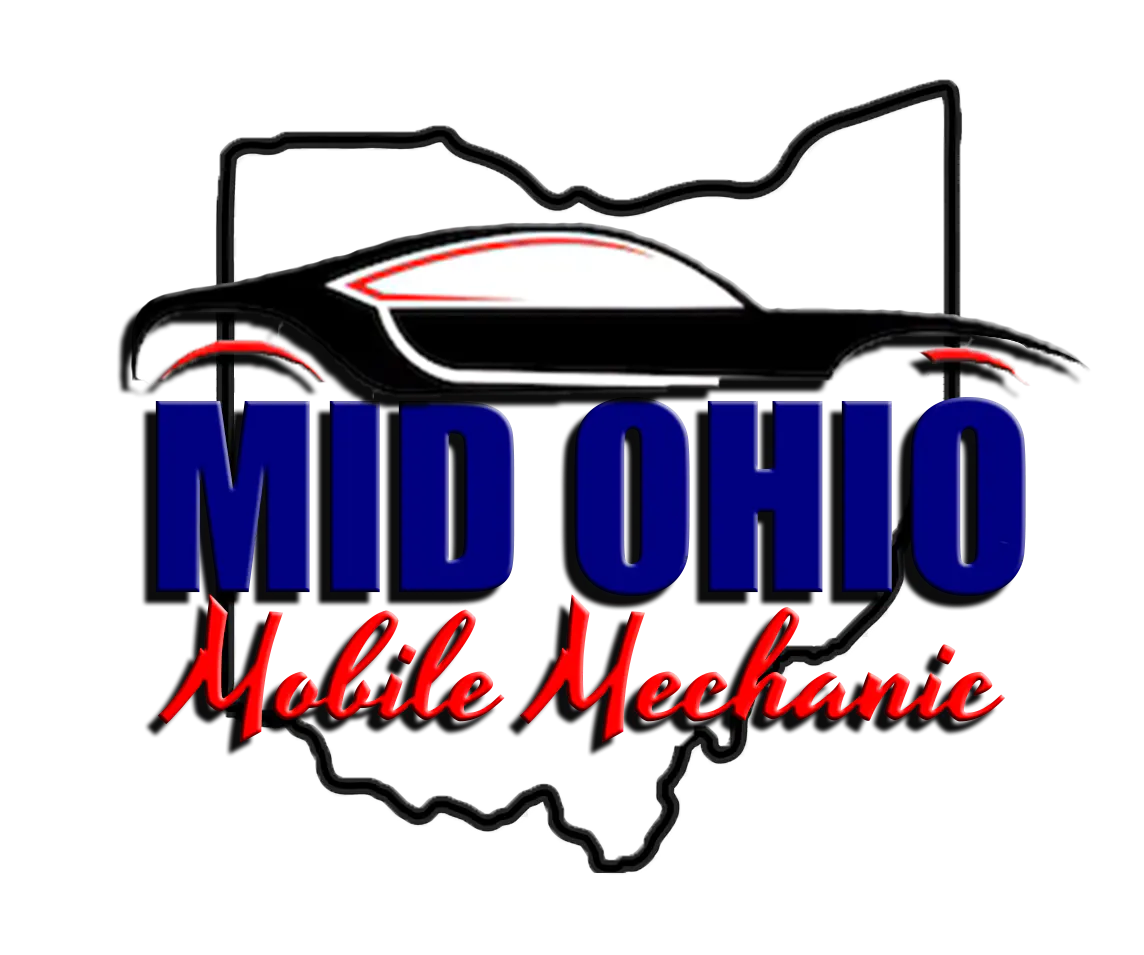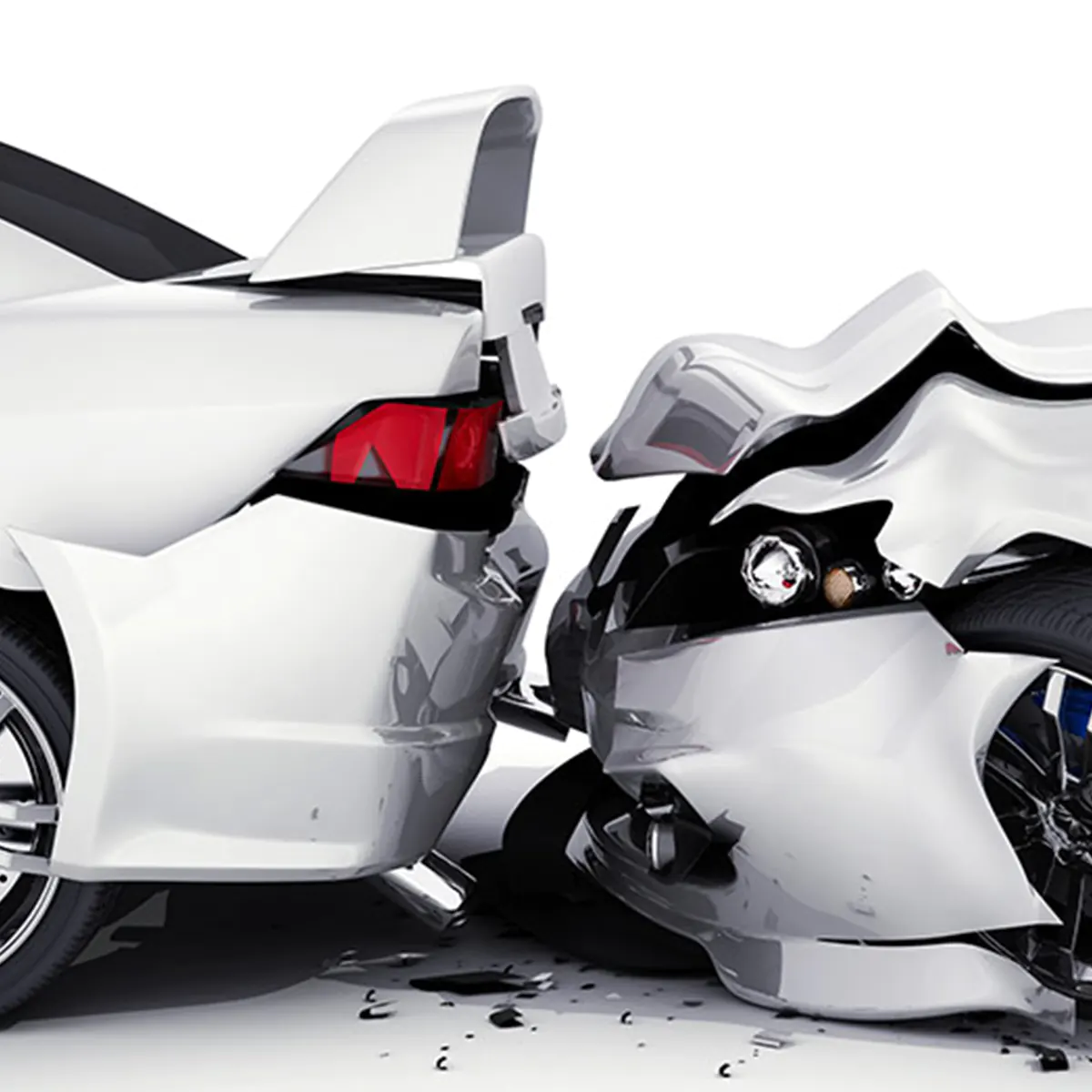Car accidents are stressful events, even minor fender-benders. Beyond the immediate shock and paperwork, accidents often leave hidden damage that may not be immediately noticeable. Many vehicle owners focus on visible dents and scratches, but the true consequences of a collision can extend much deeper, affecting your car’s safety, performance, and long-term value.
Collision repair is more than a cosmetic fix—it restores the structural integrity, alignment, and overall functionality of your vehicle. Recognizing the signs that your car needs professional collision repair is crucial to preventing further damage, protecting your passengers, and maintaining your vehicle’s resale value. This comprehensive guide explores seven key indicators that collision repair is necessary after an accident, what each sign means, and why timely intervention is essential.
1. Visible Dents, Scratches, or Panel Damage
The most obvious sign that your car requires collision repair is visible exterior damage. While some minor scratches or small dents may seem inconsequential, they often indicate underlying structural issues.
Why It Matters
- Structural Compromise: Even minor dents can signal a localized impact that affects the frame, crumple zones, or suspension mounts.
- Corrosion Risk: Scratches that penetrate paint layers expose metal to moisture, accelerating rust formation.
- Resale Value: Visible exterior damage can significantly reduce your car’s market value.
What to Do
- Inspect all panels, bumpers, and doors for dents or scratches.
- Document the damage for insurance purposes.
- Schedule a professional assessment, especially if multiple panels are affected or the dent is near critical structural components.
2. Misaligned Doors, Hood, or Trunk
After an accident, you might notice doors, the hood, or the trunk don’t close as easily or appear misaligned. This is a strong indicator of potential frame or structural damage.
Why It Happens
- Frame Distortion: Impacts can twist or bend the vehicle’s chassis, affecting alignment of body panels.
- Hinge or Latch Damage: The accident may have damaged the mechanisms that allow doors or hoods to operate properly.
Potential Risks
- Water Leaks: Misaligned panels can allow water into the cabin, leading to electrical or interior damage.
- Safety Compromise: Doors that don’t close correctly may fail during a collision, compromising occupant protection.
- Increased Wear: Misaligned doors and panels can place stress on hinges and latches, leading to faster deterioration.
Recommended Action
- Have a certified collision repair technician measure and inspect the frame and panel alignment.
- Avoid DIY adjustments; improper alignment attempts can worsen structural problems.
3. Unusual Noises During Driving
Post-accident, you may hear strange sounds such as squeaks, clunks, or rattling that were not present before. These noises often indicate hidden damage to the suspension, steering, or chassis components.
Common Sources
- Suspension Damage: Bent control arms, struts, or sway bars can produce clunks when driving over bumps.
- Loose Panels: Misaligned or partially detached panels can rattle at certain speeds.
- Exhaust or Engine Components: Impact may shift engine mounts, exhaust systems, or heat shields, creating vibration noises.
Why It Matters
Ignoring these noises can lead to accelerated wear on critical components, reduced handling performance, and increased risk of mechanical failure.
Recommended Action
- Schedule a professional inspection immediately after an accident to detect and repair suspension, chassis, or engine mount damage.
- Diagnostic testing may include test drives, visual inspection, and computerized alignment checks.
4. Steering or Handling Issues
One of the most dangerous signs that your car needs collision repair is changes in steering or handling. After a collision, even minor shifts in frame alignment can dramatically affect the vehicle’s responsiveness.
Common Symptoms
- Car pulls to one side when driving on a straight road.
- Steering wheel feels off-center or crooked.
- Vibrations or shaking during braking or acceleration.
Potential Causes
- Frame Damage: A bent or twisted frame can misalign suspension and steering geometry.
- Suspension Damage: Struts, control arms, or tie rods may be bent or compromised.
- Wheel Misalignment: Collisions can alter camber, caster, or toe settings, affecting handling and tire wear.
Risks
- Increased accident risk due to reduced vehicle control.
- Premature tire wear or damage to suspension components.
- Compromised braking and emergency maneuver performance.
Recommended Action
- Have a certified collision repair shop perform a full suspension and alignment inspection.
- Avoid extended driving until the problem is diagnosed, as continued use can worsen damage.
5. Fluid Leaks or Engine Performance Issues
Accidents can also affect a vehicle’s engine, transmission, and other critical systems. If you notice leaking fluids or changes in engine performance, collision repair may be necessary.
Common Indicators
- Puddles of coolant, oil, or transmission fluid under the car.
- Reduced engine power or hesitation during acceleration.
- Strange engine noises or warning lights on the dashboard.
Why It Happens
- Radiator or Cooling System Damage: Front-end collisions can puncture or crack radiators and hoses.
- Oil Pan or Transmission Damage: Impact can dent or crack components, leading to leaks.
- Sensor or Electrical Damage: Airflow, engine, or transmission sensors may be misaligned or disconnected.
Risks
- Continued driving with fluid leaks can cause severe engine or transmission damage.
- Leaks may create slippery surfaces, increasing accident risk.
- Undetected electrical issues can affect multiple vehicle systems, including safety features.
Recommended Action
- Have a professional mechanic perform a full inspection and pressure test of fluid systems.
- Repair or replace damaged components immediately to prevent cascading mechanical failures.
6. Airbag Deployment or Warning Lights
If your airbags deployed during a collision—or if airbag warning lights illuminate afterward—your car requires immediate collision repair.
Importance of Airbags
- Airbags are designed to deploy only in significant impacts. Deployment indicates the vehicle has experienced structural stress.
- Even if the airbags did not deploy, warning lights may signal sensor damage or misalignment.
Risks
- Non-functional airbags increase injury risk in subsequent collisions.
- Faulty sensors may trigger false warnings or fail to deploy safety systems during a crash.
- Insurance claims may require professional repair certification to restore full airbag functionality.
Recommended Action
- Avoid driving until airbags and sensors are inspected by a certified collision repair shop.
- Have all airbag-related components replaced or recalibrated according to manufacturer specifications.
7. Visible Frame or Undercarriage Damage
Sometimes damage is not immediately obvious from the exterior. A bent frame, cracked suspension mounts, or damaged undercarriage components may only become noticeable upon close inspection.
Signs to Watch For
- Bends, cracks, or rust exposure along frame rails.
- Scrapes or dents under the vehicle.
- Unusual gaps between body panels and chassis.
Why Frame Damage Matters
- Structural Integrity: A compromised frame can reduce crash safety by affecting crumple zones and energy absorption.
- Alignment Issues: Even slight bends can affect suspension geometry, steering, and tire wear.
- Long-Term Durability: Unaddressed frame damage accelerates wear on other mechanical components.
Recommended Action
- Have a collision repair professional perform a laser frame measurement or computerized alignment check.
- Do not attempt DIY frame straightening; improper repairs can worsen safety risks.
Additional Considerations After a Collision
While these seven signs are the most common indicators that collision repair is necessary, there are additional factors to consider:
- Hidden Damage: Many accidents cause damage that is not immediately visible, such as stress cracks in plastics, electronics, or hidden structural components.
- Insurance Claims: Professional documentation of all damage is crucial for proper insurance reimbursement.
- Resale Value: Untreated damage reduces resale value and may raise red flags during inspections or private sales.
- Corrosion Prevention: Exposed metal or compromised paint allows rust to form, potentially weakening the structure over time.
Why Timely Collision Repair Matters
Addressing collision damage promptly is critical for multiple reasons:
- Safety: Repairs restore vehicle structural integrity and ensure that safety systems function as intended.
- Performance: Proper repairs prevent alignment, suspension, and handling issues from worsening.
- Cost Savings: Early repairs are often less expensive than addressing secondary damage later.
- Vehicle Longevity: Maintaining structural integrity and avoiding rust ensures a longer vehicle lifespan.
Delaying collision repair may leave your car vulnerable to hidden damage that compromises both safety and performance.
Choosing the Right Collision Repair Shop
Selecting a reputable collision repair shop is essential for restoring your car properly:
- Certifications: Look for shops certified by manufacturers or professional bodies like I-CAR.
- Experience: Technicians should have expertise in structural repairs, paintless dent removal, and electronics calibration.
- Equipment: Modern shops use computerized frame machines, laser measuring tools, and advanced paint systems to ensure precise repairs.
- Warranty: Choose a shop that offers a warranty for labor and parts.
A professional shop ensures that every system, from frame alignment to airbags, is restored to manufacturer specifications, preserving safety and value.
Conclusion
Accidents, whether minor or severe, can leave lasting effects on your vehicle. Recognizing the signs that your car requires collision repair is essential to protecting your safety, maintaining vehicle performance, and preserving resale value.
The seven signs—visible dents, misaligned panels, unusual noises, handling issues, fluid leaks, airbag deployment or warnings, and visible frame or undercarriage damage—serve as critical indicators that professional attention is required. Ignoring these warning signs can lead to further mechanical issues, reduced crash protection, and increased repair costs over time.
Prompt and professional collision repair restores your vehicle to its pre-accident condition, ensuring that every safety system, structural component, and cosmetic surface is returned to optimal performance. By understanding these signs and taking timely action, vehicle owners can drive with confidence, knowing their car is safe, reliable, and well-maintained.

